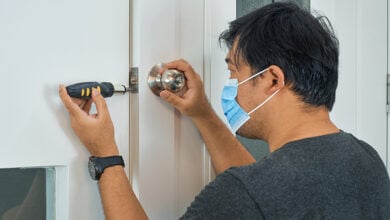How do pensions work for self employed tradespeople?
Note: All figures are correct at the time of writing (28th January 2021).
As a self-employed tradesperson, you’ve got a lot on your plate when it comes to organising your money – from submitting VAT returns to applying for government financial support. This may mean that you’ve delayed sorting out your pension. However, it’s important that you make sure you’ve got enough future income in the pipeline, so you can enjoy your retirement. Read on to find out more about self employed pensions for tradespeople.
Do self employed tradespeople get a State Pension?

Yes. As a self employed tradesperson, you’re entitled to the State Pension in the same way that anyone else is. You need to meet the same requirements as everyone else in order to be eligible for a State Pension.
To claim the new State Pension, you must have been born on or after 6th April 1951 if you’re a man, or 6th April 1953 if you’re a woman. Also, you usually need to have a total of 10 qualifying years of National Insurance (NI) contributions or credits gained from either:
- Paying voluntary NI contributions whilst you’re self employed.
- Working and paying NI. A qualifying year is one where you earn over £183 per week from one employer.
- Getting NI credits, gained during unemployment or illness for example.
If you reached the State Pension age before 6th April 2016, then you’ll get the old State Pension instead.
How much State Pension do self employed tradespeople get?
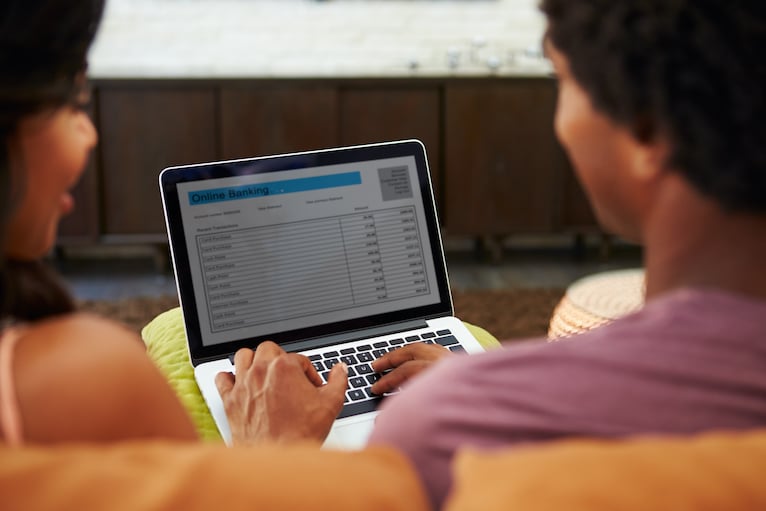
The full new State Pension is £175.20 per week. The amount you’ll actually get depends on:
- The number of qualifying NI years that you have.
- Whether you have any gaps in your NI record.
- Whether you have to pay tax on your pension. HMRC could count your State Pension as part of your total annual income. If your total annual income is more than your Personal Allowance (£12,500) then you’ll pay tax on the difference.
Looking for a pension calculator for self employed tradespeople? Work out how much income you’re likely to get when you retire on the Money Advice Service website.
Personal pensions for self employed tradespeople
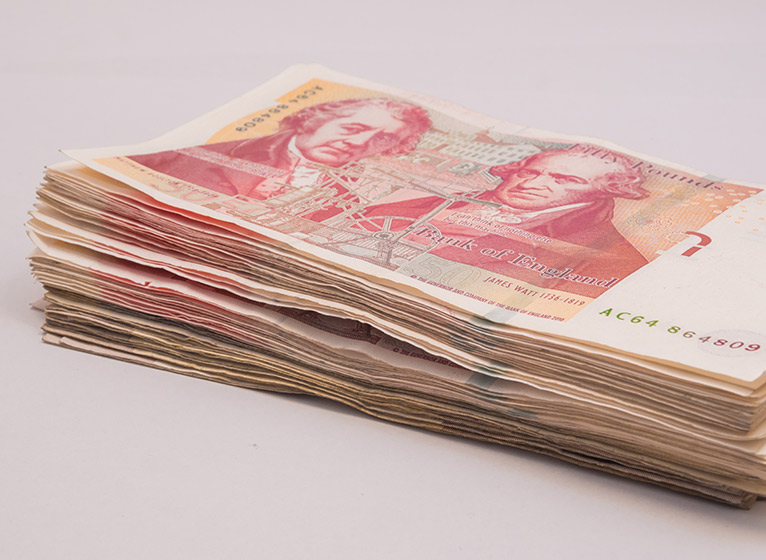
You can arrange a pension yourself, that’s separate to your State Pension. This is called a personal pension. It’s also known as a defined contribution pension or money purchase pension.
How does a personal pension work?
A personal pension is a type of defined contribution pension, meaning your pension pot is based on how much has been paid into it. Your pension provider will put the money you pay into your pension into investments, for example stocks and shares. With your regular contributions and the money earned from your investments combined, your pension pot should grow in value over time.
The total amount of money you’ll get depends on:
- How much money you pay into your pension.
- The performance of your pension’s investments.
- How you decide to take your pension money – for example, regular payments or as a lump sum.
- The amount of tax relief you get. Your pension provider will claim the basic rate of tax relief and add it to your pension.
- Any charges that your pension provider takes from your pension.
- Inflation and interest rates.
Three types of personal pension
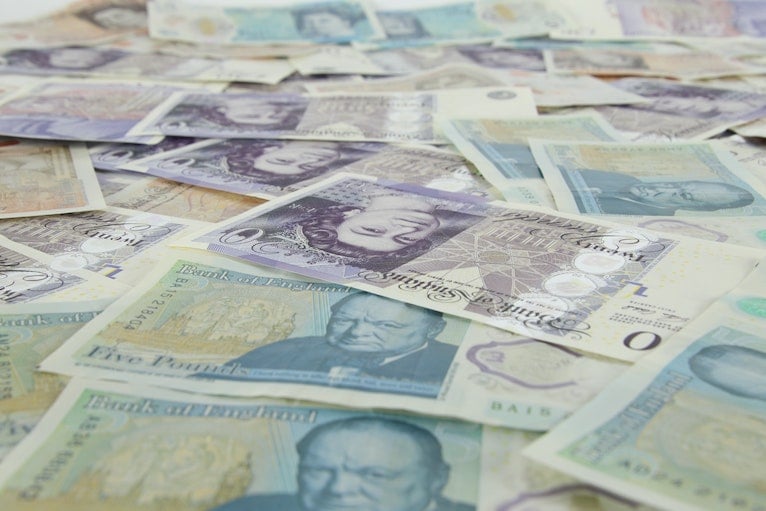
1. Standard personal pension
You choose your pension provider and set up how you’ll make your payments. You could make regular or individual lump sum payments into your standard personal pension.
2. Stakeholder pension
Stakeholder pensions are similar to standard personal pensions, but they usually have a bit more flexibility. This includes:
- Allowing you to choose and manage your investments up to a certain amount. Your pension provider may provide you with options to choose from.
- Allowing you to change your contributions if you need to.
- Limiting the amount of charges you can receive.
- Allowing charge-free transfers.
- Allowing lower minimum contributions.
3. Self-invested personal pension (SIPP)
SIPPs allow you to choose the assets that you invest your pension money in. If you’re keen to have more control over your investment portfolio, then a SIPP lets you get more hands on than standard or stakeholder personal pensions. Whilst this comes with the risk of something going wrong if you make a wrong investment decision, the potential benefits include:
- Allowing you to adapt your contributions as needed, whether this is by taking a payment holiday or depositing a higher one-off amount.
- Lower management fees.
It’s important to get advice from a financial adviser before setting up your pension. Find out how to choose a financial adviser to help you with your pension on the Money Advice Service website.
How much can a self employed tradesperson pay into a personal pension?
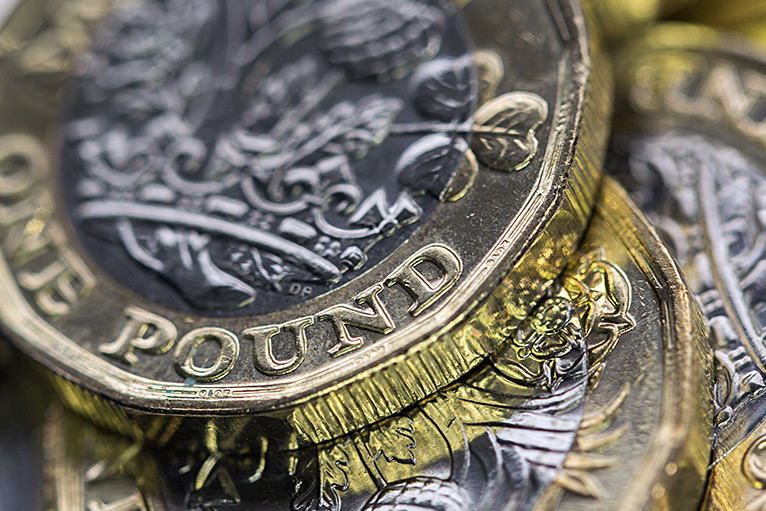
You can pay in as much as you’d like into your pension in each tax year. However, you’ll only get Income Tax relief up to a certain amount.
Is a pension tax deductible for self employed tradespeople?
Yes. This is because your pension contributions are taken from your salary before you pay Income Tax on them. So, your taxable income is lower. However, you will pay tax on your pension if the amount you put into it exceeds (depending on which is lower):
- £40,000, which is the annual allowance.
Example: You could earn £50,000 in a tax year and put all of it into your pension. However, you’ll usually only get tax relief on £40,000 of it.
- 100% of your earnings.
Example: If you earn £20,000 in a tax year but put £30,000 into your pension, then you’ll usually only get tax relief on the £20,000.
- £1,073,100 in your lifetime. This is the lifetime allowance.
If your pension provider isn’t registered for tax relief with HMRC and/or doesn’t invest in your pension pot according to HMRC’s rules, then you’ll pay tax on your contributions.
How to backdate pension contributions

You can carry forward any of your annual allowance that you didn’t use in the three previous tax years, as long as you were a member of a registered pension scheme during that time.
You must also pay the full annual allowance into your pension for that year, in order to start using any annual allowance that you’ve got left over from previous years. Unused allowance can only be carried forward for up to three years.
Speak to a financial adviser to backdate your pension contributions.
How to save for a pension as a self employed tradesperson

The earlier you start your pension, the better. The benefits of starting your pension as soon as possible include:
There’s more time for your money to grow
As your pension money is invested, there’s more time for it to potentially grow.
You’ll get more tax relief from the government
If you started your pension when you were 23, paying in £150 per month, then you could get £4,560 more in tax relief from the government than if you waited 10 years, according to Aviva.
For more advice on planning your retirement income, visit Gov.uk.


